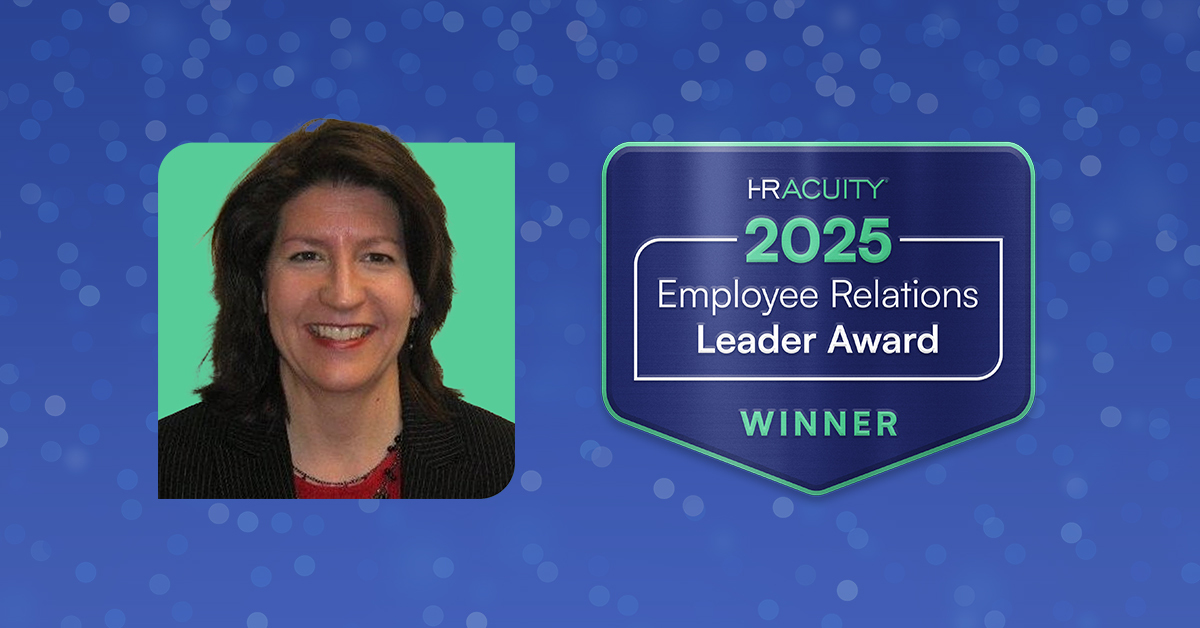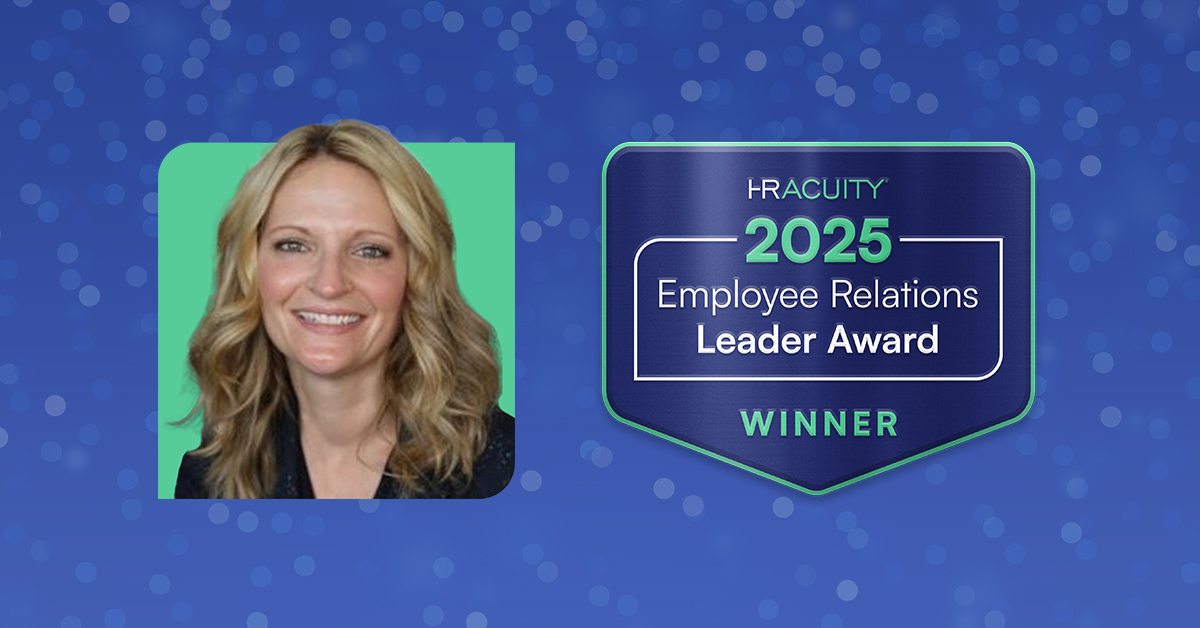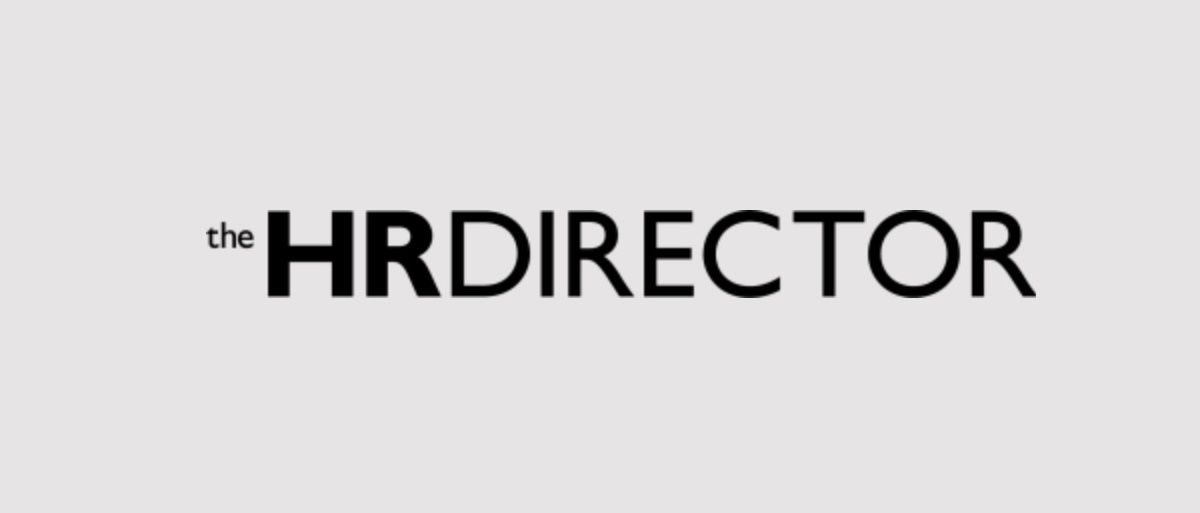An employee relations crisis can have damaging, long-lasting effects on an organization. Consider this: According to employment attorney Jon Hyman in a Workforce article, defending a typical employment case through to summary judgement alone can cost an organization as much as $125K—and twice that if the case goes to trial. When it comes to sexual harassment, a hot button these days with the #MeToo movement, a typical Fortune 500 company will incur $14M a year from things like lost productivity, absenteeism and turnover.
As staggering as those numbers are, what if there were something you could do to minimize those costly risks for your organization?
The fact is, employee issues happen. You can’t control what your employees do or say. But the way you handle those issues can mean the difference between a thriving workplace that continues to operate productively in the face of a crisis and one that’s resource-constrained and financially burdened by it.
While many organizations tend to focus solely on managing the incident itself (e.g. launching an investigation, consulting with Legal, determining disciplinary actions), effective damage control requires a broader lens of attention on the situation—one that considers prevention, recovery and resilience.
Anticipate—and Be Prepared
First, assume it will happen, because let’s face it—it will. Every organization is vulnerable to disruptive conduct by employees—more so today than ever before.
Think about it: Pretty much everybody comes to work with a video camera and a microphone in their pocket, with social media being one click away. Not only that, but the younger generation of our workforce is more empowered to speak up and speak out in protest than generations before.
In fact, this New York Times article highlights the prevalence of activism and a trend towards unionizing in the tech industry over the past few years. Employees are demanding transparency and action; they want their employers to wake up and build a better workplace. Now is the time for companies to listen and take action, before it gets to the point of costly distraction.
So how can you establish goodwill with your employees before, during and after a crisis occurs?
Start by having a framework in place that details how your organization will handle a crisis when—not if—it happens. No, you can’t predict what that crisis will look like, but you can have the people, processes and technology in place to swiftly and effectively react and respond when it does.
Be Transparent
Something has happened. Now what?
Communication comes first when building your employee relations crisis management plan. Start by acknowledging the incident or event with those involved—which, depending on the issue at hand, could include only a few impacted parties or your entire employee base. There’s the old adage, “the cover-up is worse than the crime.” Same principle applies here.
You may not have all the answers just yet, but by communicating openly about it, you’re taking the first step towards regaining trust that may have been broken. Commit to resolving the issue and offer assurance that their wellbeing continues to be a priority. For those personally involved, inform them of your process and advise them of next steps.
This is not a once-and-done deal; offer continued communication as the situation unfolds, concluding with the final resolution.
Reflect, Then Make Changes
While no company wants to find themselves in the throes of an employee relations crisis, once it happens, use it as an opportunity for change. Go back in time to see if there were any warning signs. Could it have been avoided? And if so, how? What could have been done differently? Look at your investigation process, itself. Was it handled in the most efficient, unbiased and thorough way possible? Was the right data collected? Were the right resources pulled in? If not, why? The answers to questions like these will reveal critical areas for change.
Look at your prevention strategy. Maybe employees, or managers, need better training, or you need better reporting mechanisms. Or perhaps it’s an issue of accurate data collection to effectively identify trends that could flag an issue before it snowballs.
Maybe you don’t have the right people in place to handle an issue when it arises, and new or additional stakeholders need to be enrolled for a more efficient decision-maker chain. What about the readiness of the investigators themselves? Perhaps they need additional training.
Once you commit to making changes, communicate them out to employees. In response to multiple harassment and discrimination complaints, Microsoft’s CEO Satya Nadella wrote an open letter to employees announcing an overhaul to its HR complaint process. In it, he included concrete steps the company will be taking to stop the behavior and improve culture, and promised continued transparency. This best practice demonstrates to employees that they’re being heard, and that the organization is committed to making improvements that create a stable workplace.
You may already have your people, processes and technology in place to address issues like these—but remember, it’s always iterative. Reflect on those areas, figure out what was broken and fix it.
Measure
When you finish an investigation, using survey tools like Survey Monkey or measuring for a net promoter score, go back to the complainant or the witnesses and ask:
- Were you treated with dignity and respect?
- Was this issue handled in a timely manner?
- How likely are you to suggest that a peer go to HR with an issue?
Ultimately, you want employees to have faith in their human resources team during a crisis caused by employee behavior. By implementing this measure, you build that confidence by not only showing those involved that their experience matters, but also by holding ER and HR accountable for their actions before, during and after an event.
Recovering from an employee relations crisis doesn’t have to be devastating to the organization. Rather, with a continuous improvement approach, it can be used as a building block to create a better place for people to work.
Speaking of creating better workplaces, sign up for a demo to find out how HR Acuity’s technology can help you do just that.




